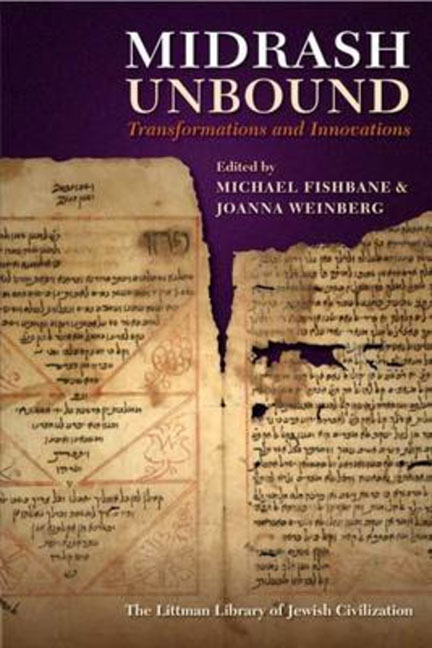13 - The Pendulum of Exegetical Methodology: From Peshat to Derash and Back
Summary
THE TERMS PESHAT AND DERASH
In the first half of the tenth century a new exegetical methodology broke into the world of Jewish learning, a methodology commonly defined as peshat or peshuto shel mikra. This methodology was first applied to the interpretation of Scripture in the eastern Jewish communities under the rule of Islam, but it soon spread to all the centres of Jewish learning: Spain, Ashkenaz (northern France and Germany), Provence, Italy, Byzantium, and their branches. After dominating the field of biblical exegesis for several centuries, the power of peshat methodology began to wane, until it almost disappeared from the world of Jewish learning.
It should be clarified at the outset that, although the terms peshat (in Aramaic) and peshuto shel mikra (in Hebrew) originate in talmudic literature, the meaning of these terms in different layers of Jewish literature and for practitioners of the exegetical methodology they define is far from uniform.However, since these terms have been adopted by modern biblical scholarship and no alternative terms have been offered, I continue to use them, with the caveat that the modern definition of this methodology is not necessarily identical to the use of the terms peshat or peshuto shel mikra in earlier sources. A modern description of this methodology has been proposed by Sarah Kamin:
the interpretation of the biblical text according to its language, syntactical structure, context, genre and literary structure, and in consideration of the mutual relationships between all these components. In other words, an interpretation by the Peshat methodology is an interpretation which takes into consideration all the linguistic elements in their combination, and accords a meaning to each of them by the whole.
The English language does not offer an adequate equivalent for the term peshat, the most common suggestions in the scholarly literature being ‘plain meaning’, ‘literal meaning’, and ‘contextual meaning’. ‘Plain meaning’ is a rather literal rendering of the Hebrew term, but the shortcoming of this phrase is that ‘plain’ might be understood as ‘simple’, which is certainly not the case. ‘Literal meaning’ is only partially correct, because when the text itself is figurative, either in its properties (such as a simile or metaphor), or in its genre (such as a parable or allegory), the peshat is not the literal meaning but the figurative one. The same may be said about the more recently proposed ‘contextual meaning’.
- Type
- Chapter
- Information
- Midrash UnboundTransformations and Innovations, pp. 249 - 266Publisher: Liverpool University PressPrint publication year: 2013



